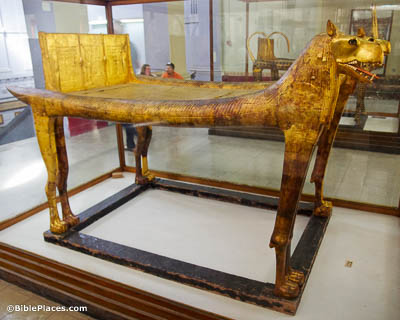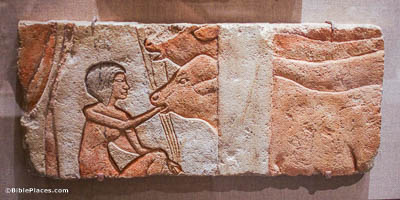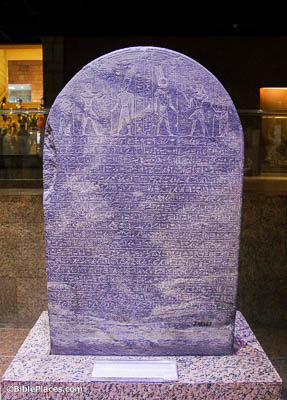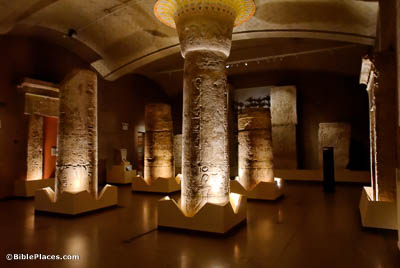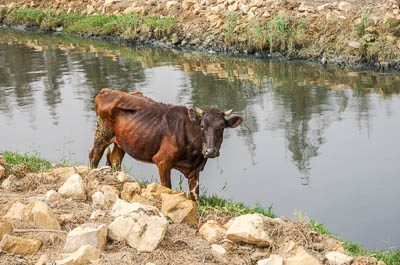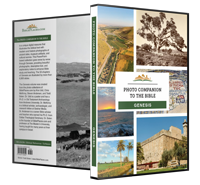Now after two full years, Pharaoh had a dream (Genesis 41:1).
This gilded royal bed was recovered from the tomb of Pharaoh Tutankhamun in the Valley of the Kings. It is the best-preserved royal bed that has been recovered from Egypt. It was photographed at the Egyptian Museum in Cairo.
